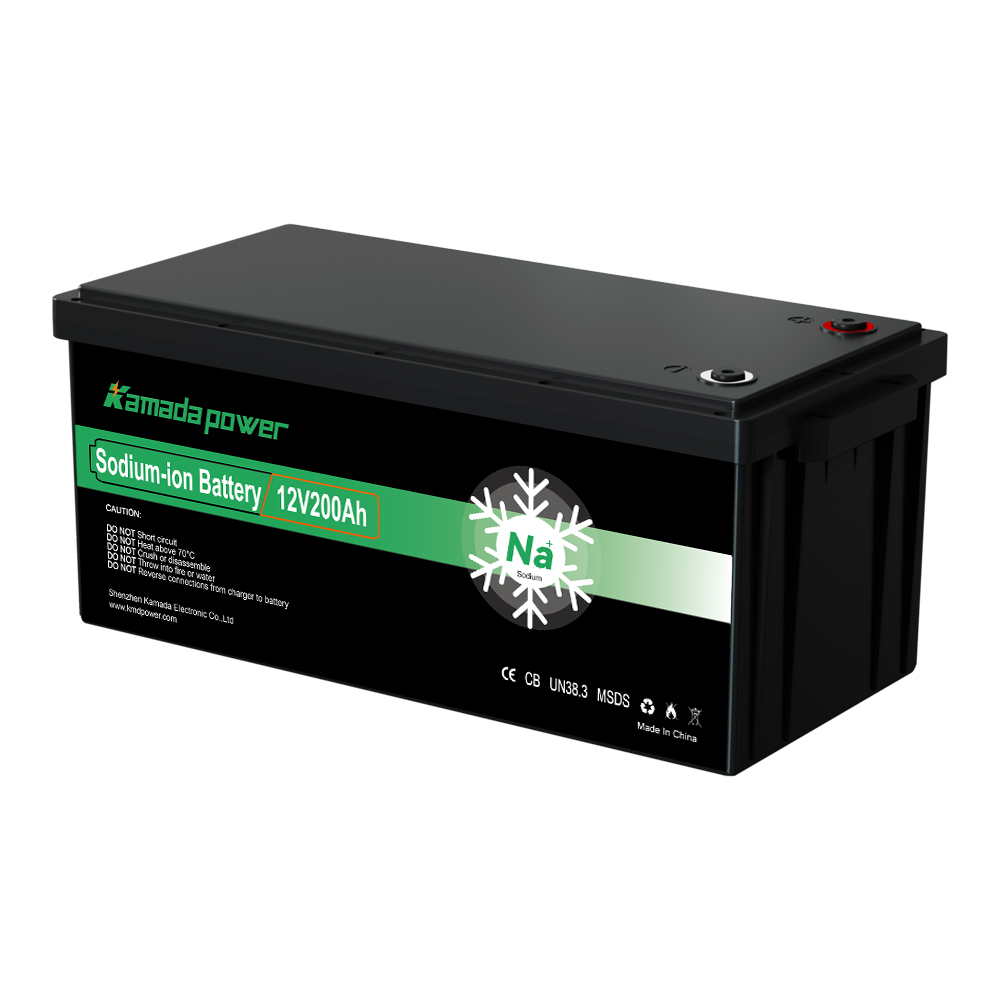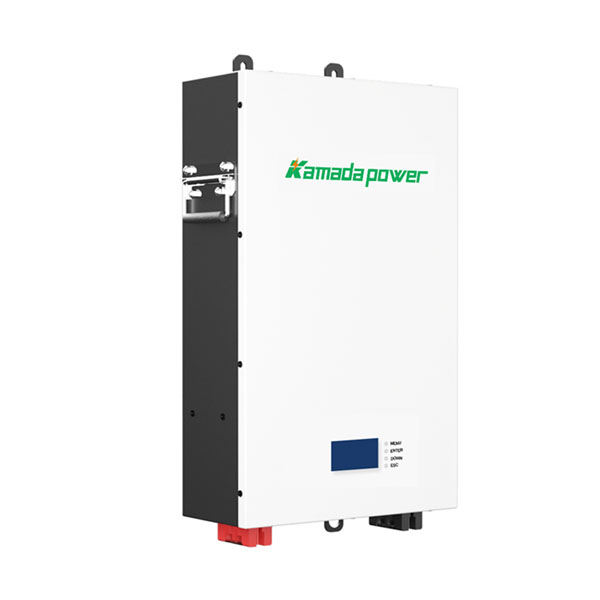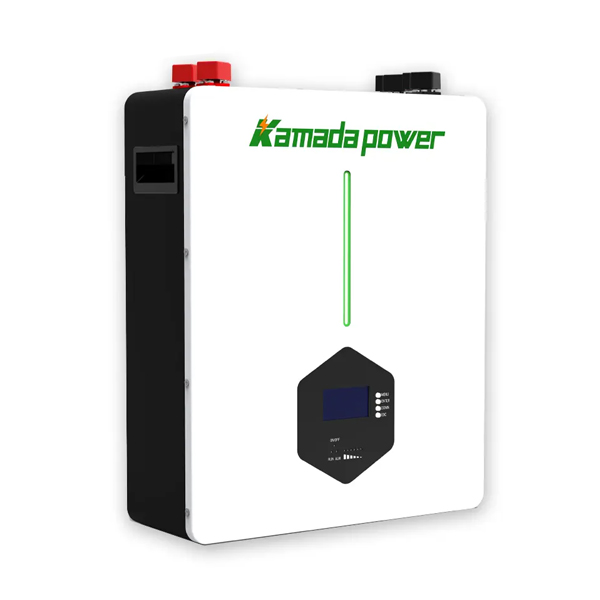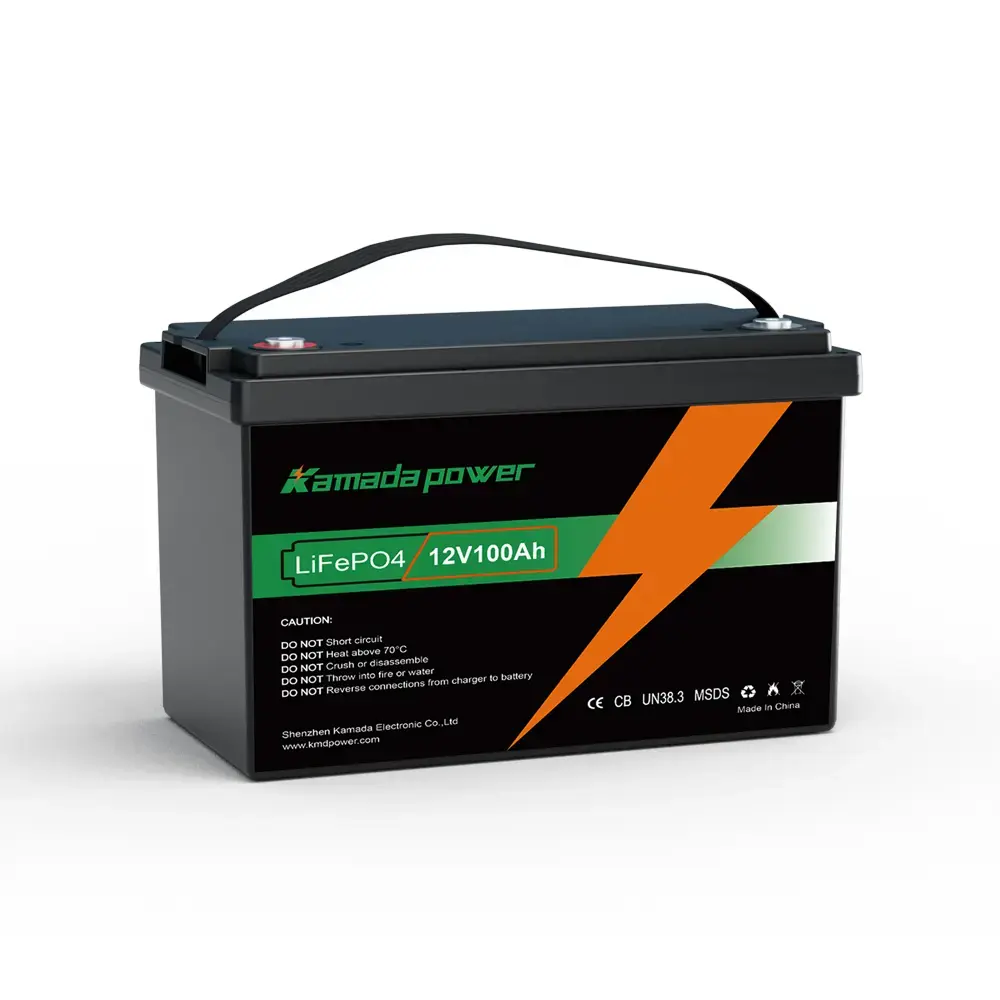Introduction
Recently, the rapid development of the new energy industry has brought sodium ion Battery into the spotlight as a potential alternative to lithium ion Battery. Sodium ion Battery offer several benefits, including low cost, high safety, and excellent performance in both low and high-temperature conditions. This article explores the low and high-temperature characteristics of sodium ion Battery, their application prospects, and future development trends.
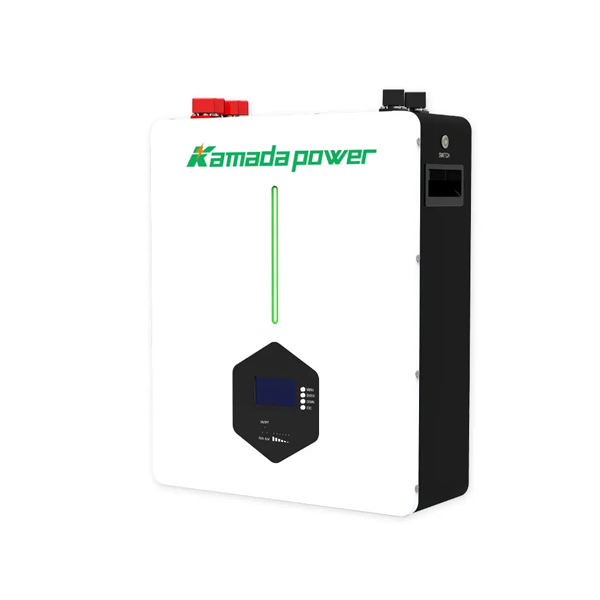
Kamada Powerwall Sodium Ion Battery 10kWh Supplier Factory Manufacturers
1. Advantages of Sodium ion Battery in Low-Temperature Environments
| Characteristic | Sodium ion Battery | Lithium ion Battery |
|---|---|---|
| Operating Temperature Range | -40℃ to 100℃ | -20℃ to 60℃ |
| Low-Temperature Discharge Performance | Capacity retention rate over 90% at -20℃ | Capacity retention rate around 70% at -20℃ |
| Low-Temperature Charge Performance | Can charge 80% of the capacity in 18 minutes at -20℃ | May take over 30 minutes to charge 80% at -20℃ |
| Low-Temperature Safety | Lower risk of thermal runaway due to more stable cathode materials | Cathode materials are more prone to thermal runaway at low temperatures |
| Cycle Life | Longer cycle life in low-temperature environments | Shorter cycle life in low-temperature environments |
Comparison of Low-Temperature Performance between Sodium ion and Lithium ion Battery
- Low-Temperature Discharge Performance: At -20℃, sodium ion Battery retain over 20% more capacity than lithium ion Battery.
- Low-Temperature Charge Performance: At -20℃, sodium ion Battery charge over twice as fast as lithium ion Battery.
- Low-Temperature Safety Data: Studies show that at -40℃, the probability of thermal runaway in sodium ion Battery is only 0.01%, compared to 0.1% in lithium ion Battery.
- Low-Temperature Cycle Life: Sodium ion Battery can achieve over 5000 cycles in low temperatures, while lithium ion Battery may only reach around 2000 cycles.
Sodium ion Battery outperform lithium ion Battery in low-temperature environments, making them an ideal choice for applications in cold regions.
- Wider Operating Temperature Range: Sodium ion Battery operate between -40℃ and 100℃, whereas lithium ion Battery generally operate between -20℃ and 60℃. This allows sodium ion Battery to function in more extreme conditions, such as:
- Cold Regions: In extremely cold weather, sodium ion Battery maintain good discharge performance, providing reliable power for electric vehicles and drones. For example, some electric vehicles in Norway have started using sodium ion Battery, performing well even at -30℃.
- Hot Regions: Sodium ion Battery work stably in hot environments, reducing the risk of thermal runaway. They are used in some solar energy storage projects, operating reliably in high-temperature, high-humidity conditions.
- Superior Low-Temperature Discharge Performance: Sodium ion’s faster migration rate compared to lithium ions results in better discharge performance in low temperatures. For example, at -20℃, sodium ion Battery retain over 90% capacity, while lithium ion Battery retain around 70%.
- Longer EV Range in Winter: Electric vehicles powered by sodium ion Battery can maintain longer ranges in cold winters, alleviating range anxiety.
- Higher Renewable Energy Utilization: In cold regions, renewable energy generation from wind and solar is often high, but lithium ion Battery’ efficiency drops. Sodium ion Battery better utilize these clean energy sources, increasing energy efficiency.
- Faster Low-Temperature Charging Speed: Sodium ion Battery charge quickly in low temperatures due to their faster ion intercalation/deintercalation rates. For instance, at -20℃, sodium ion Battery can charge 80% in 18 minutes, while lithium ion Battery may take over 30 minutes.
2. Advantages of Sodium ion Battery in High-Temperature Environments
| Characteristic | Sodium ion Battery | Lithium ion Battery |
|---|---|---|
| Operating Temperature Range | -40℃ to 100℃ | -20℃ to 60℃ |
| High-Temperature Discharge Performance | Capacity retention rate over 95% at 50℃ | Capacity retention rate around 80% at 50℃ |
| High-Temperature Charge Performance | Can charge 80% of the capacity in 15 minutes at 50℃ | May take over 25 minutes to charge 80% at 50℃ |
| High-Temperature Safety | Lower risk of thermal runaway due to more stable cathode materials | Cathode materials are more prone to thermal runaway at high temperatures |
| Cycle Life | Longer cycle life in high-temperature environments | Shorter cycle life in high-temperature environments |
Comparison of High-Temperature Performance between Sodium ion and Lithium ion Battery
- High-Temperature Discharge Performance: At 50℃, sodium ion Battery retain over 15% more capacity than lithium ion Battery.
- High-Temperature Charge Performance: At 50℃, sodium ion Battery charge over twice as fast as lithium ion Battery.
- High-Temperature Safety Data: Studies show that at 100℃, the probability of thermal runaway in sodium ion Battery is only 0.02%, compared to 0.15% in lithium ion Battery.
- High-Temperature Cycle Life: Sodium ion Battery can achieve over 3000 cycles in high temperatures, while lithium ion Battery may only reach around 1500 cycles.
In addition to their superior performance in low temperatures, sodium ion Battery also excel in high-temperature environments, expanding their application scope.
- Stronger Thermal Runaway Resistance: The more stable cathode materials of sodium ion Battery result in lower risks of thermal runaway at high temperatures, making them suitable for high-temperature applications such as deserts and solar power plants.
- Superior High-Temperature Discharge Performance: Sodium ion Battery maintain high capacity retention at high temperatures, such as over 95% at 50℃, compared to around 80% for lithium ion Battery.
- Faster High-Temperature Charging Speed: Sodium ion Battery can charge quickly in high temperatures, such as 80% in 15 minutes at 50℃, while lithium ion Battery may take over 25 minutes.
3. Mechanism Analysis: The Reason Behind Sodium ion Battery Low and High-Temperature Characteristics
The unique material and structural design of sodium ion Battery underpin their exceptional low and high-temperature characteristics.
- Sodium Ion Size: Sodium ions are larger than lithium ions, making them easier to shuttle in the electrolyte, maintaining high migration rates in both low and high temperatures.
- Electrolyte: Sodium ion Battery use electrolytes with lower freezing points and higher ionic conductivity, maintaining good conductivity in low temperatures and stable performance in high temperatures.
- Battery Structure: The specially designed cathode and anode materials in sodium ion Battery enhance their activity in both low and high temperatures.
4. Broad Application Prospects: The Future Path of Sodium ion Battery
Thanks to their excellent low and high-temperature performance and low cost, sodium ion Battery have vast application prospects in the following fields:
- Electric Vehicles: Sodium ion Battery are ideal for powering electric vehicles, especially in cold regions, providing longer range, more stable performance, and lower costs.
- Wind and Solar Energy Storage: Sodium ion Battery can serve as storage Battery for wind and solar power plants, increasing renewable energy utilization. They perform well in low temperatures, making them suitable for cold region deployments.
- Telecommunication Base Stations: Sodium ion Battery can act as backup power for telecommunication base stations, ensuring stability. They charge quickly in low temperatures, ideal for cold region installations.
- Military and Aerospace: Sodium ion Battery can be used as auxiliary power for military equipment and aerospace, enhancing reliability. They operate stably in high temperatures, suitable for high-temperature environments.
- Other Applications: Sodium ion Battery can also be applied in ships, mines, home energy storage, and more.
5. Custom Sodium ion Battery
Kamada Power is a China Sodium Ion Battery supplier manufacturers, Kamada Power offering Powerwall 10kWh Sodium ion Battery solutions and supporting Custom Sodium Ion Battery solutions to meet your business needs. Click Contact Kamada Power get a sodium ion battery quote.
Conclusion
As a potential alternative to lithium ion Battery, sodium ion Battery have broad application prospects. With ongoing technological advancements and cost reductions, sodium ion Battery will contribute significantly to a cleaner and more sustainable energy future.


